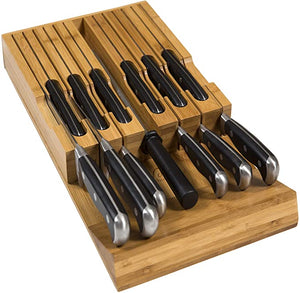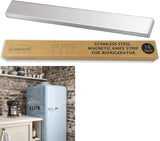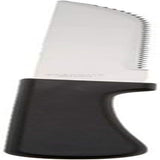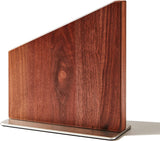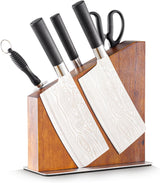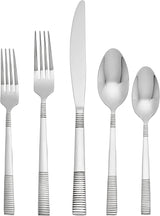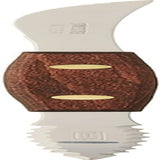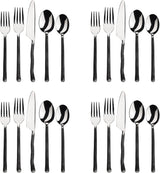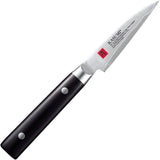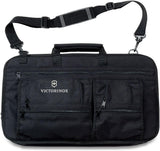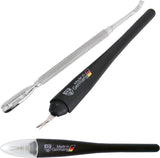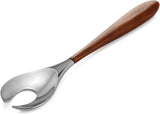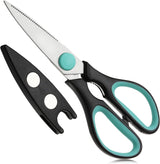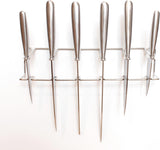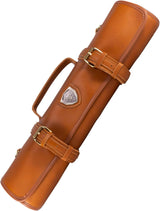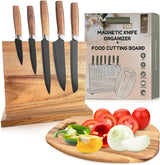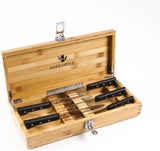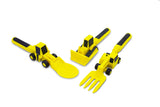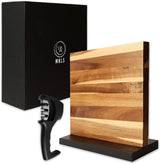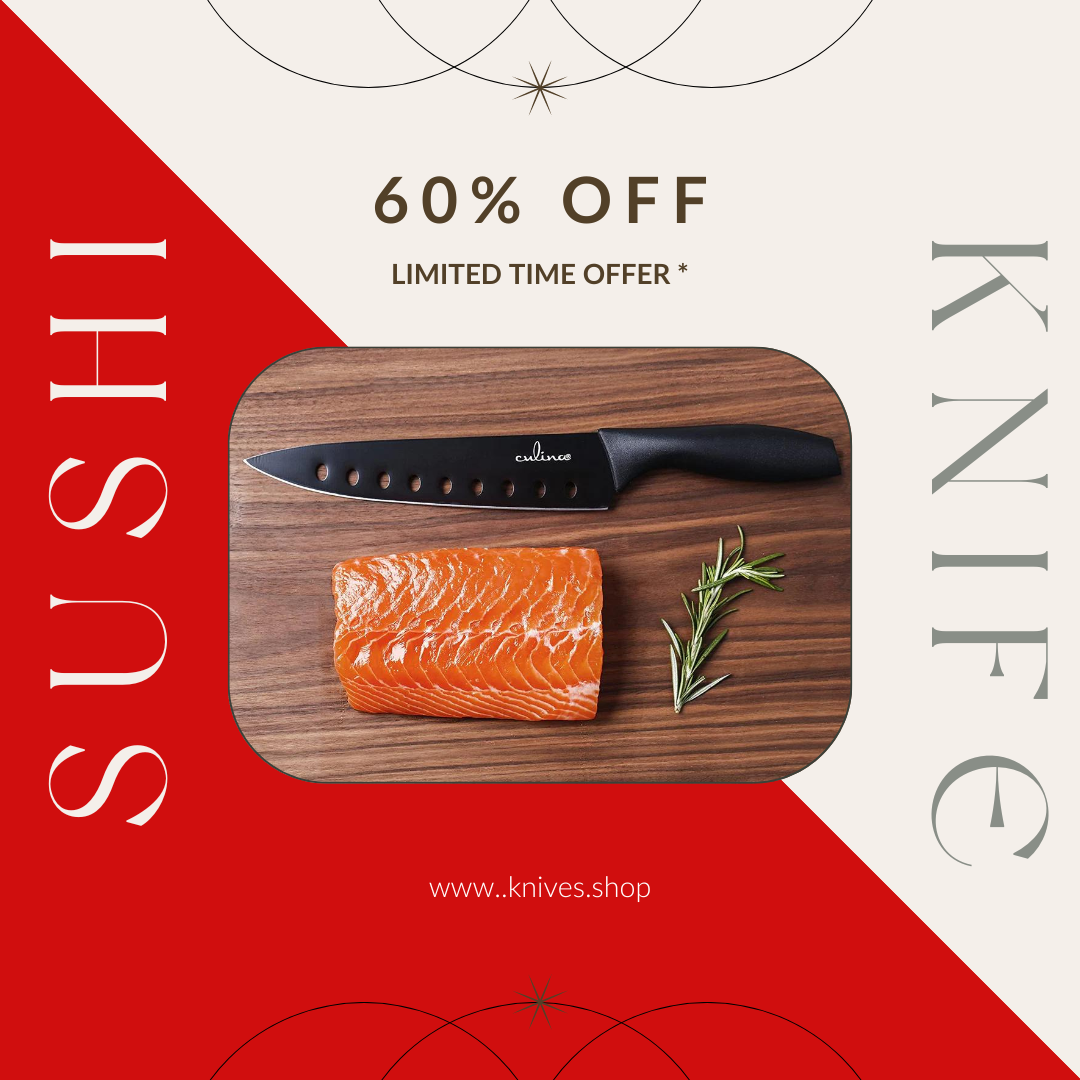For kitchen professionals and cooking enthusiasts, knowing how to adapt in unexpected situations is a vital skill. If you've ever found yourself needing to fillet a trout but dont have a fillet knife on hand, don't worry. This guide will walk you through everything you need to know about efficiently handling the task using alternative tools, with tips that cater specifically to experienced kitchen professionals.
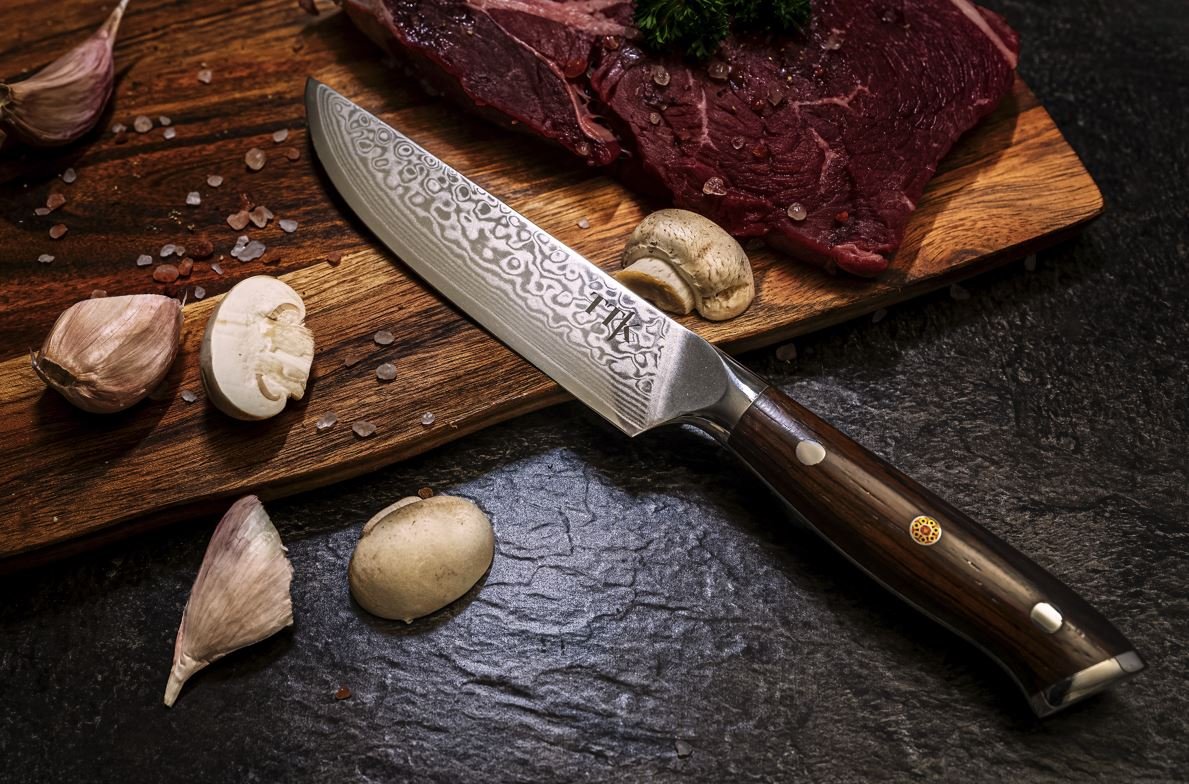
Why Learn This Skill?
Whether youre in a professional kitchen, camping outdoors, or just at home and can't access your fillet knife, understanding this process is an essential part of being resourceful. Learning to fillet without a dedicated tool allows for versatility and ensures you can execute the perfect cut regardless of constraints.
Understanding Trout Anatomy Before Filleting
Success in filleting lies in a proper understanding of trout anatomy. Knowing where the bones, skin, and flesh are can help you utilize an alternative tool efficiently without compromising the meat quality. Trout are known for their delicate flesh, making precision crucial without the benefit of a fillet knife.
Key Areas to Note:
- Spine and Ribs: These parts contribute to the fish's structure and need to be handled carefully.
- Skin: Thin and slippery, trout skin requires a steady grip for precise cutting.
- Flesh: Ensure minimal waste by aiming close to the bone when cutting.
Choosing the Best Alternative Tools
When your prized fillet knife is unavailable, the following tools will help get the job done. Each offers different pros and cons depending on the specific kitchen environment.
1. Chef's Knife
A sharp chefs knife is one of the best substitutes for a fillet knife. Its wide blade is versatile and capable of making precise incisions, provided its incredibly sharp. If your chefs knife is dull, you can check out this knife sharpening guide for tips before getting started.
2. Utility Knife
A utility knife, being smaller and narrower than a chef's knife, offers greater control and is especially useful for working around tight angles, like the rib cage.
3. Paring Knife
Though not ideal for large fish, if you're working with a smaller trout, a sharp paring knife can be wielded for surprisingly effective results.
4. Cleaver
While not delicate, a cleaver can be used for initial cuts to separate the meat before finer trimming is done with another tool. Remember, its about adapting to what you have available.
Step-by-Step Guide to Filleting Trout Without a Fillet Knife
Step 1: Prepare Your Workspace
Ensure your cutting station is well-lit with a clean surface and a firm grip on the cutting board. Moisture can cause slippage, so consider keeping a damp towel beneath your cutting board for stability.
Step 2: Scale the Trout
Use the back of a knife blade or a spoon to gently scale the trout. Hold the fish firmly and sweep against the direction of the scales until clean. This step ensures the skin wont interfere with your cuts later.
Step 3: Start with Initial Cuts
Make an incision just behind the gills, angling toward the top of the head. Use gentle, controlled movements to avoid cutting into the spine or damaging the tender flesh.
Step 4: Separate the Meat from Bones
Carefully guide your knife along the rib bones, keeping as close as possible to avoid wasting meat. This process might take longer without a fillet knife, but precision matters more than speed.
Step 5: Skin the Fillet
Place the fillet skin-side down. Hold the tail firmly, and use your knife at a slight angle to separate the skin from the flesh. Slow, firm strokes will yield the cleanest result.
Common Mistakes to Avoid
- Using a dull knife: A sharp blade is critical to avoiding torn and ragged fillets.
- Rushing the process: Speed increases the likelihood of errors, especially when using non-standard tools.
- Discarding the skin too soon: The skin can be used for presentation or stockdont discard it until you're sure it's unnecessary.
When to Return to a Fillet Knife
While these methods work, theres no substitute for having the right tools in the kitchen. If you find yourself regularly preparing fish, investing in a quality fillet knife is essential. For insights on selecting the best fillet knife specifically for bull redfish, check out this knife recommendation guide.
Trout Recipes to Try
Once you've mastered the art of filleting trout, its time to showcase your skills. A fresh trout fillet lends itself to dishes like lemon herb trout, smoked trout, or even grilled trout tacos. After all, the art of cooking begins with proper preparation.
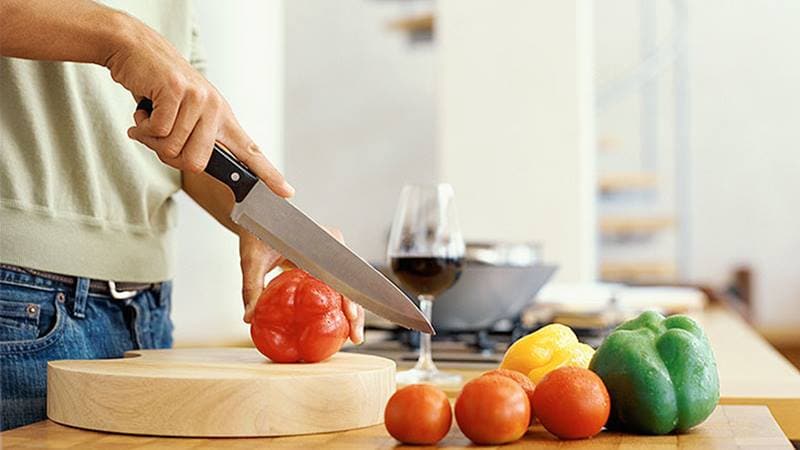
FAQs
1. Can I fillet any fish without a fillet knife?
Yes, the same techniques outlined here can be adapted to other fish varieties, though size and anatomy might necessitate tool adjustments.
2. How do I keep my knife sharp without a special sharpener?
You can use a sharpening steel or a whetstone. Follow this knife care guide for detailed tips.
3. Whats the easiest alternative tool to use?
A chefs knife is generally the easiest and most accessible substitute due to its versatility and familiarity in the kitchen.
Filleting a trout without a proper knife is a skill every kitchen professional should master. Its about showing resourcefulness, adaptability, and commitment to excellence in every step. For more expert advice, check out our blog for additional insights into knife techniques and tools.
This article contains affiliate links. We may earn a commission at no extra cost to you.
